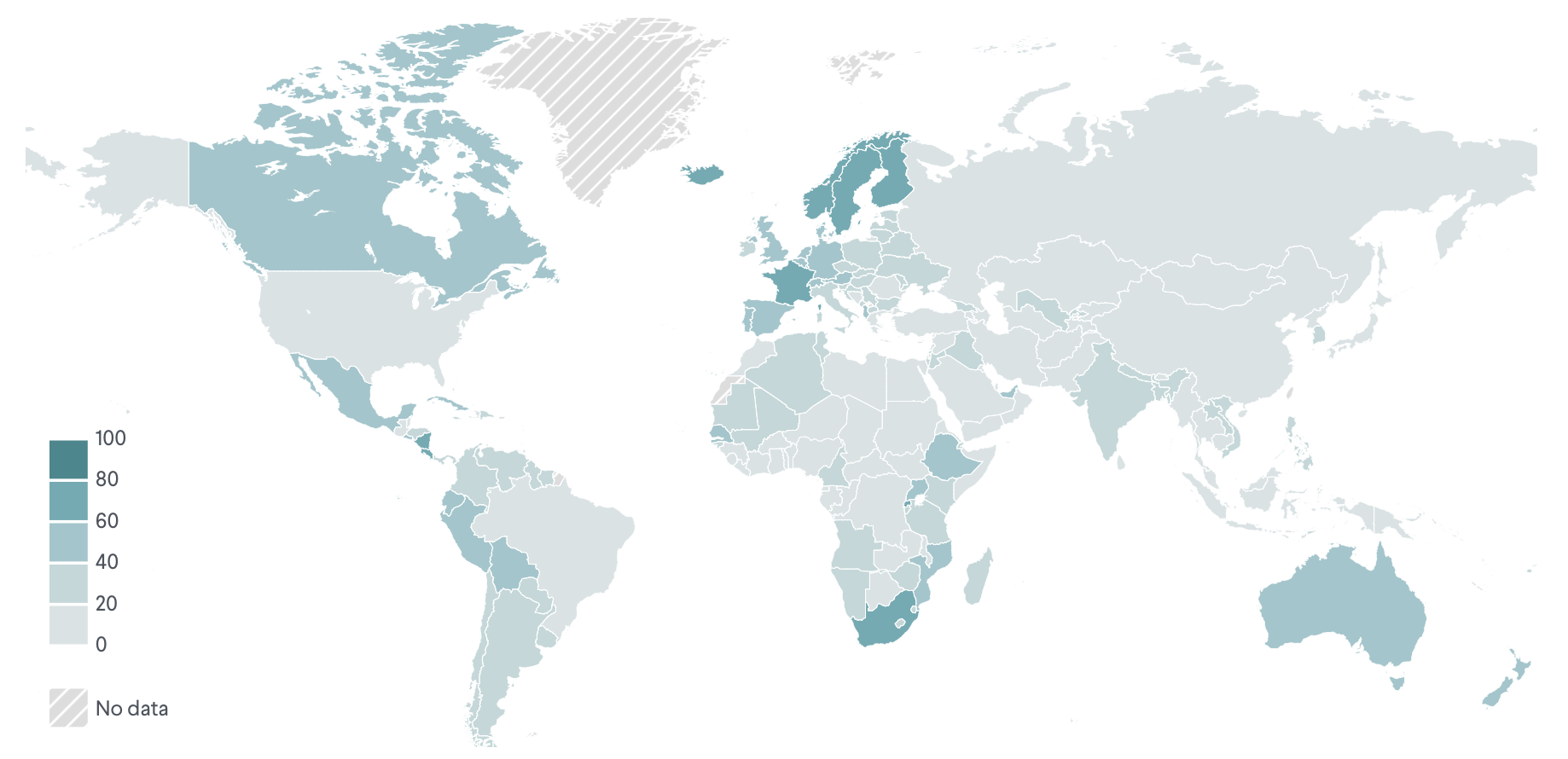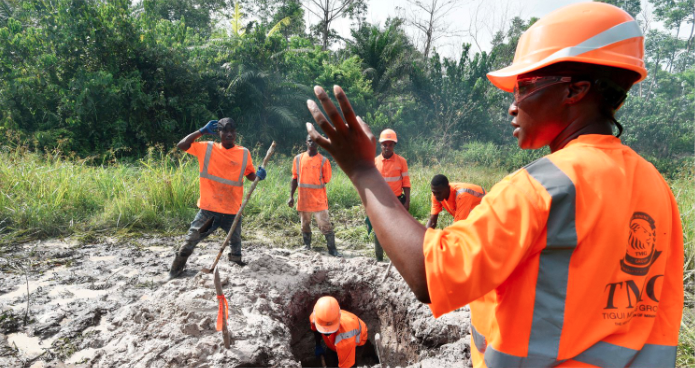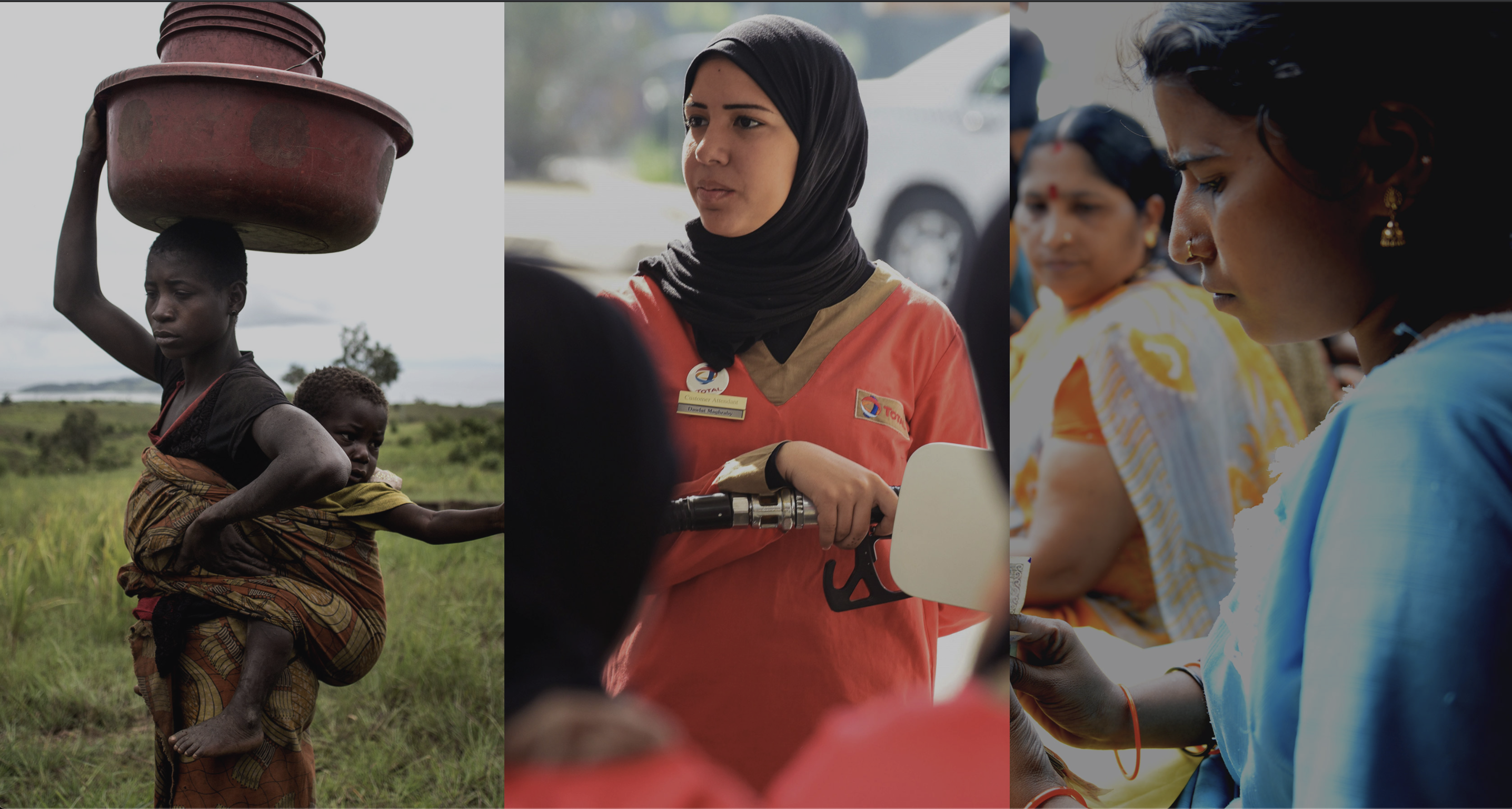In decades of Israeli-Palestinian peace talks, relatively few women have participated in leading roles. Still, notable women have held prominent positions, such as Tzipi Livni, who served as Israel’s chief negotiator in multiple rounds between 2007 and 2014, and Hanan Ashrawi, a negotiator for the Palestine Liberation Organization (PLO) in the 1990s. Women do play a role in both governments, although they remain underrepresented. Within the Israeli government, only six of the current thirty-two ministers are women. The Palestinian cabinet includes only three women out of twenty-four ministerial level posts; there is one woman minister in Gaza. The Palestinian Authority established a Ministry of Women’s Affairs in 2003.
Civil society groups—many bridging national, ethnic, and religious divides—have long played critical roles, leading nonviolent efforts to promote human security, equality, and access to services, and staging public demonstrations to call for progress in the peace process.
The seemingly intractable Israeli-Palestinian conflict is rooted in a dispute over the land that makes up present-day Israel, the West Bank, and the Gaza Strip. In 1917, British forces occupied Palestinian territory from Ottoman Syria and were then granted a dual mandate in 1920 that instigated a cycle of violence between the Jews and Arabs within the land. Following World War II, the United Nations proposed a partition plan for the British-controlled Palestinian territory, exacerbating violence between religious groups that spiraled into a series of regional conflicts between 1948 and 1973. By the 1980s, significant Israeli and Palestinian peace movements had emerged. Palestinian civil society groups, with women academics at the forefront, mobilized a primarily nonviolent mass movement known as the first intifada in 1987. These women came from every facet of society and participated in mass demonstrations, labor strikes, and boycotts of Israeli goods. This economic pressure, as well as the first intifada’s inclusivity, played a central role in strengthening the durability of the movement and building momentum for the 1991 Madrid Conference, which brought all parties to the Arab-Israeli conflict together to negotiate for the first time.
The subsequent Oslo Accords, meant to quell public discontent and form a Palestinian state, failed to resolve the conflict. The second intifada, beginning in September 2000, was far bloodier than the first and included a spate of suicide attacks on civilians before an informal cease-fire was reached in 2005. Waves of violence and instability have followed, and diplomatic efforts by the Middle East Quartet (the United Nations, Russia, the United States, and the European Union) have made little progress. There have been no direct talks since 2014 when a U.S. effort was derailed in part by Israel’s settlement expansion and the Palestinian formation of a unity government between Fatah and Hamas. In January 2017, world leaders met in Paris to underscore their support for a negotiated two-state solution; no official representative from Israel or the Palestinian territories attended. In August 2020, following U.S. mediation between Israel and the United Arab Emirates wherein the two countries agreed to normalize relations, Bahrain, Morocco, and Sudan announced similar U.S.-brokered deals, known as the Abraham Accords. In early 2023, after nearly a decade of silence, Israeli and Palestinian representatives held meetings in Jordan and Egypt to address growing violence in the occupied West Bank. Israel agreed to temporarily halt new settlement expansion in the West Bank, and both representatives affirmed the need for lasting peace. Despite these talks, tensions remain high between the parties.
Although Israeli and Palestinian women have been underrepresented in formal negotiations, they have played critical roles in civil society for decades, advising negotiators and building grassroots support for the peace process. Nevertheless, only a handful of women have served as official negotiators and technical advisors in the last thirty years, and even fewer women have participated in leading roles in negotiations. Although the importance of women’s participation in conflict prevention and resolution processes has been enshrined in policy by both the Israeli and Palestinian governments, both parties have fallen short in achieving inclusive representation. Women’s advocacy groups and civil society continue to advocate for negotiating delegations that include more women and representatives from diverse socioeconomic and ethnic backgrounds.
- Women
- Men
women
women
Resolve impasses. When women have participated in formal negotiations, they have been lauded by other negotiators and third-party mediators as being critical to resolving impasses between parties and coaxing their own teams out of obstruction. In the 2013–14 U.S.-led negotiations, for example, Tzipi Livni reportedly advocated for all parties to ignore political distractions and continue to discuss concrete agenda items, even while other members of her negotiating team appeared ready to filibuster talks over procedural matters.
Inform negotiating positions. Though agenda issues that are typically viewed as hard security concerns—such as the division of territory and military cooperation—overwhelmingly have been led by male negotiators and technical advisors, women have exercised leadership on both Israeli and Palestinian technical committees to provide critical expertise on issues such as water access and legal and human rights concerns.
Work across divides. Israeli and Palestinian women leaders have long built coalitions across national, ethnic, and religious lines in physical and digital spaces, which they have used to lead nonviolent efforts to promote human security, equality, and access to basic services. For example, a woman’s contingent helped unite Palestinian political parties and mobilize support from Israeli civil society to successfully protect a Palestinian village from destruction. Civil society groups have formed to facilitate dialogue and promote peace by uniting people from both sides—from parents who have lost family members in the conflict to soldiers and freedom fighters.
Lead mass action campaigns. Women have mobilized mass action campaigns calling on political leaders to make progress in peace negotiations. In 2014, for example, roughly one thousand women staged a protest aboard a train to the Gaza border town of Sderot to call for the immediate restart of peace talks. In 2016, the Israeli organization Women Wage Peace staged a massive peace rally in Jerusalem. The organization now has forty-five thousand supporters within Israel and recently began an official collaboration with the Palestinian women’s peace movement—Women of the Sun—which was established in 2021.
“Women have decided to take their future and the future of their family in their hands. They are taking to the streets, they are demonstrating for peace.”
— Tzipi Livni, former foreign minister of Israel






